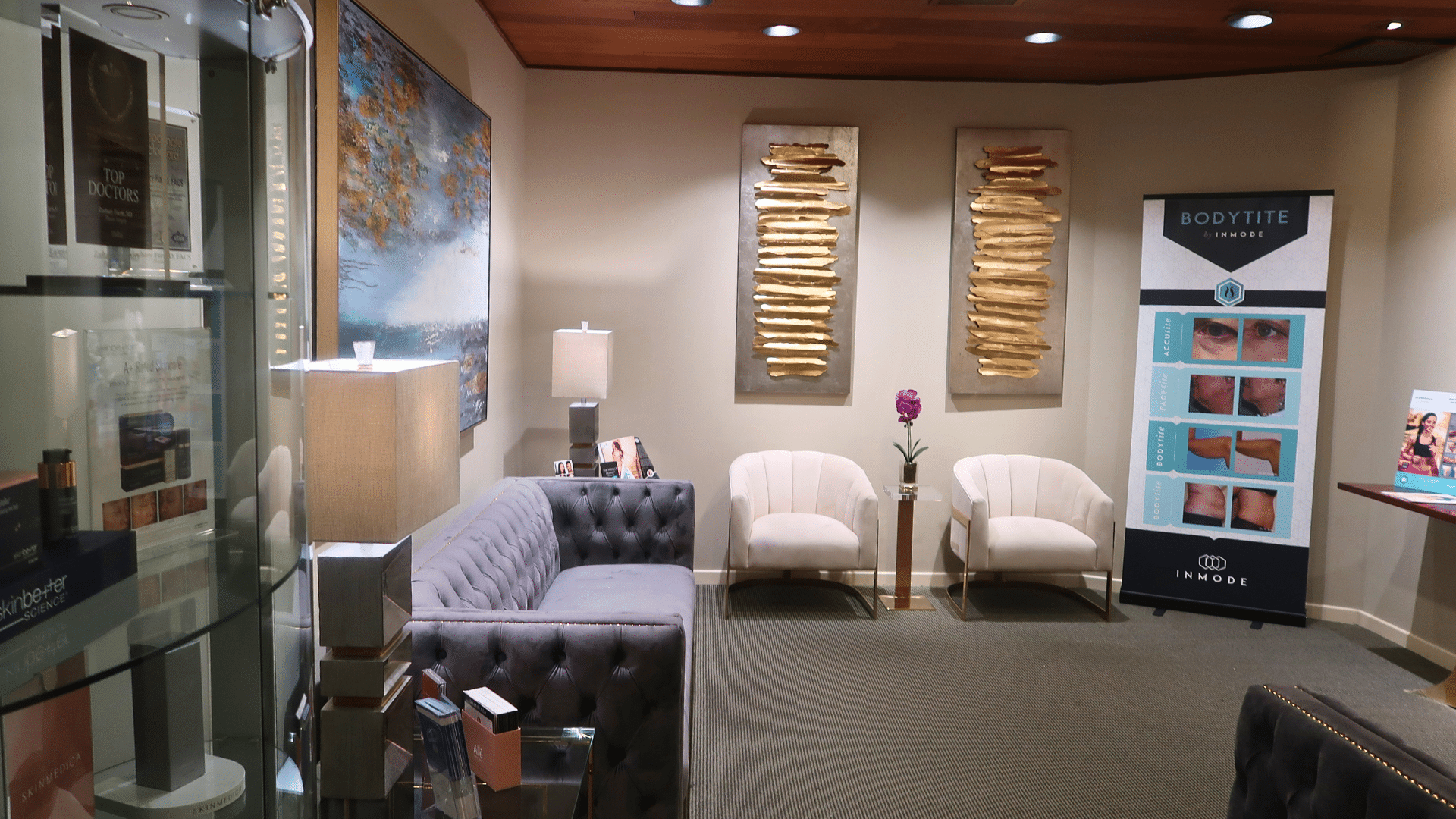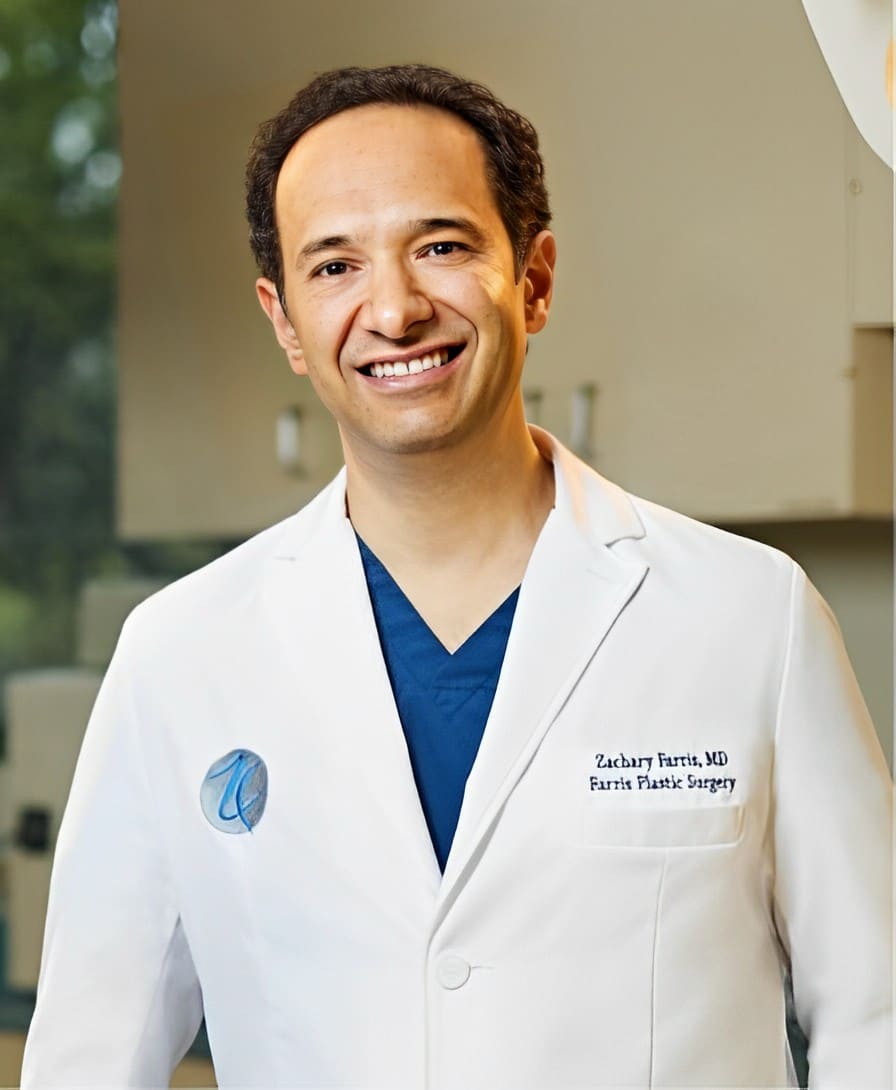Love The Way You Look
WITH PLASTIC SURGERY IN DALLAS
Explore Your Options for Plastic Surgery in Dallas

Our practice offers a full range of plastic surgery procedures for the body, including tummy tucks, breast augmentation, breast lifts, liposuction, fat transfer, and male breast reduction. Body contouring to tackle stubborn fat, excess skin, and loose skin is a particularly popular category of procedures. However, all of these cosmetic surgeries can help address your top concerns and boost your self-confidence. Whether you want to enhance your natural features or reverse unwanted changes caused by weight loss, having kids, or aging, we have the right solution to achieve the natural results you desire. We also provide reconstructive surgery.
When it comes to cosmetic surgery for the face, our practice is proud to bring the most sought - after options to our patients. From rhinoplasty to shape and slim your nose to a facelift that can smooth your skin and help turn back the clock, you will find safe and effective surgical procedures that highlight your beauty. Our Dallas plastic surgeon will make suggestions based on your unique goals. Schedule a consultation to learn more about face and body surgery.
Real Patient Results
View our before and after gallery to see real results from past patients at Farris Plastic Surgery.
Pricing Guide
When planning for cosmetic plastic surgery, one of the biggest considerations will be the cost of surgery. We appreciate the fact t hat plastic surgery can be a big investment. For this reason, we feel that it is important to indicate our pricing in order to improve awareness and transparency. For some of the procedures, the pricing will vary from one patient to another depending on th e extent of work performed. This is why some procedures will have a range of prices.
Non-Surgical Solutions to Look and Feel Your Best
Discover the secret to looking and feeling amazing without cosmetic surgery! Our non-surgical aesthetic services offer the perfect way to shine the spotlight on your natural beauty. With treatments like BOTOX® Cosmetic, dermal fillers, Hydrafacial, and IV therapy, as well as professional skin care products, you can achieve remarkable results with minimal effort.
Say goodbye to wrinkles, fine lines, dull skin, and other signs of aging. These quick, painless services require little to no downtime, allowing you to get back to your busy schedule. Whether you’re seeking a rejuvenating boost or looking to enhance the effects of surgical interventions, our non-surgical aesthetic services will help you radiate confidence and embrace your best self. Trust us to guide you on your journey.
Kind Words From Our Patients
Dear Dr. Farris, This is a “belated” Happy New Year. Thank you very, very much for taking care of me. Love you for your sincere concern about me.
To Dr. Farris, Can you believe it? It’s been almost a year to the date – a new life, a new beginning all because of you and your team. I am back to work healthy, happy and most grateful to you. I know you are continuing to do wonderful things ...
Dr. Farris, You will always be appreciated. You deserve at least a million thanks! Best wishes to you in your life’s journey. And you will be deeply missed. Love always.
Discover Our Safe And Private Surgery Center
At Farris Plastic Surgery, we prioritize your safety and comfort above all else. Our cosmetic and reconstructive procedures for the face and body are performed at our private surgical facility, ensuring the highest standards of care. Accredited by AAAASF, our facility meets hospital-level standards and complies with all regulations. With a board-certified surgeon, highly-trained anesthesia professionals, and a safe environment, we are equipped to deliver the experience you deserve. When it comes to your health and safety, you shouldn’t settle for anything less.
Office-based surgery suites offer you cost-effectiveness, convenience, and privacy. Our AAAASF-accredited facility guarantees a high level of safety and exceptional outcomes. Trust Dr. Farris, who performs all cosmetic procedures at our accredited surgical facility in Dallas, Texas, to give you an incredibly safe plastic surgery experience — without any compromises.















